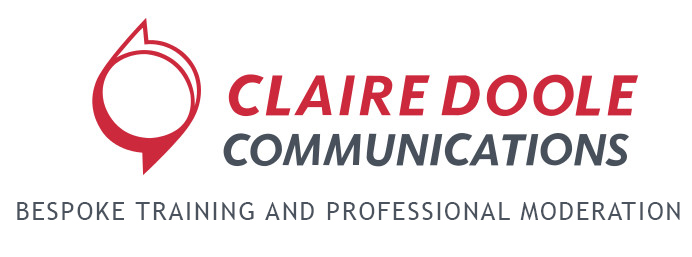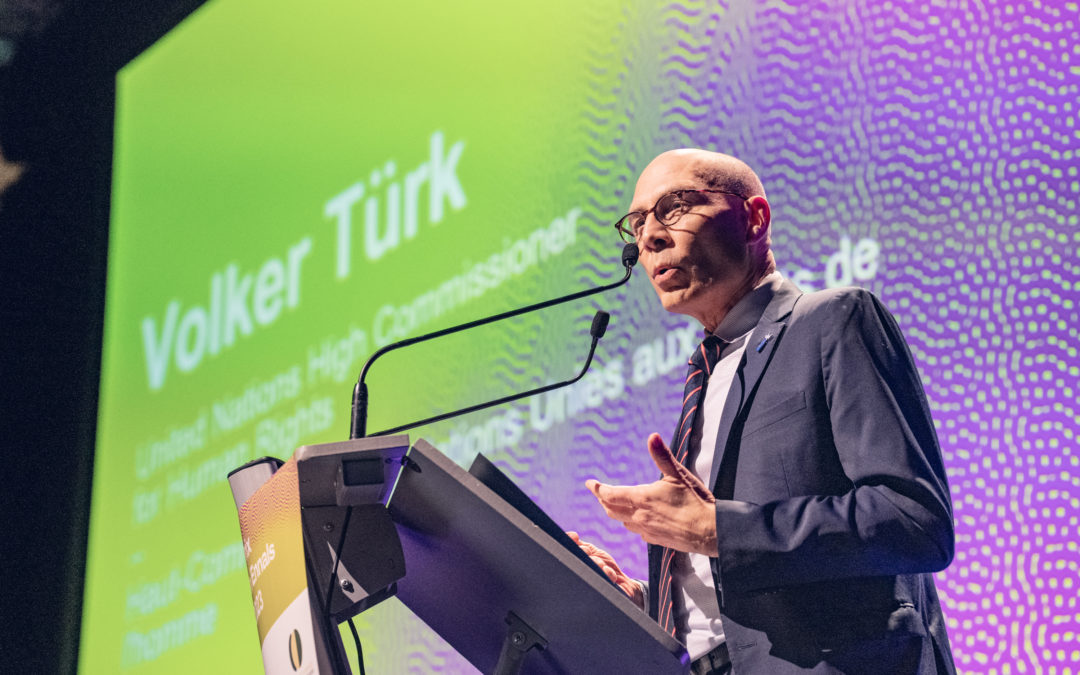
by Claire Doole | Feb 28, 2023 | Blog, Presenting
Most of the people I coach do not write their speeches. They rely on a speechwriter who either fails to capture their voice or delivers a text that has been written to be read, not spoken.
This makes it incredibly difficult to deliver in a natural and convincing way.
Most senior professionals (or leaders) prefer to speak from briefing notes with key points, as this allows them to convey these ideas in their own words.
But sometimes, they have to deliver a keynote speech in a formal setting and cannot go off script.
So how to do you get your points across but not sound scripted?
Speak to the audience, not read to them
Have a look at this extract of a speech that the UN High Commissioner for Human Rights, Volker Turk, recently gave at the Martin Ennals Award Ceremony in Geneva.
I was in the audience as I coached the three awarded human rights defenders for their remarks to the media and at the ceremony.
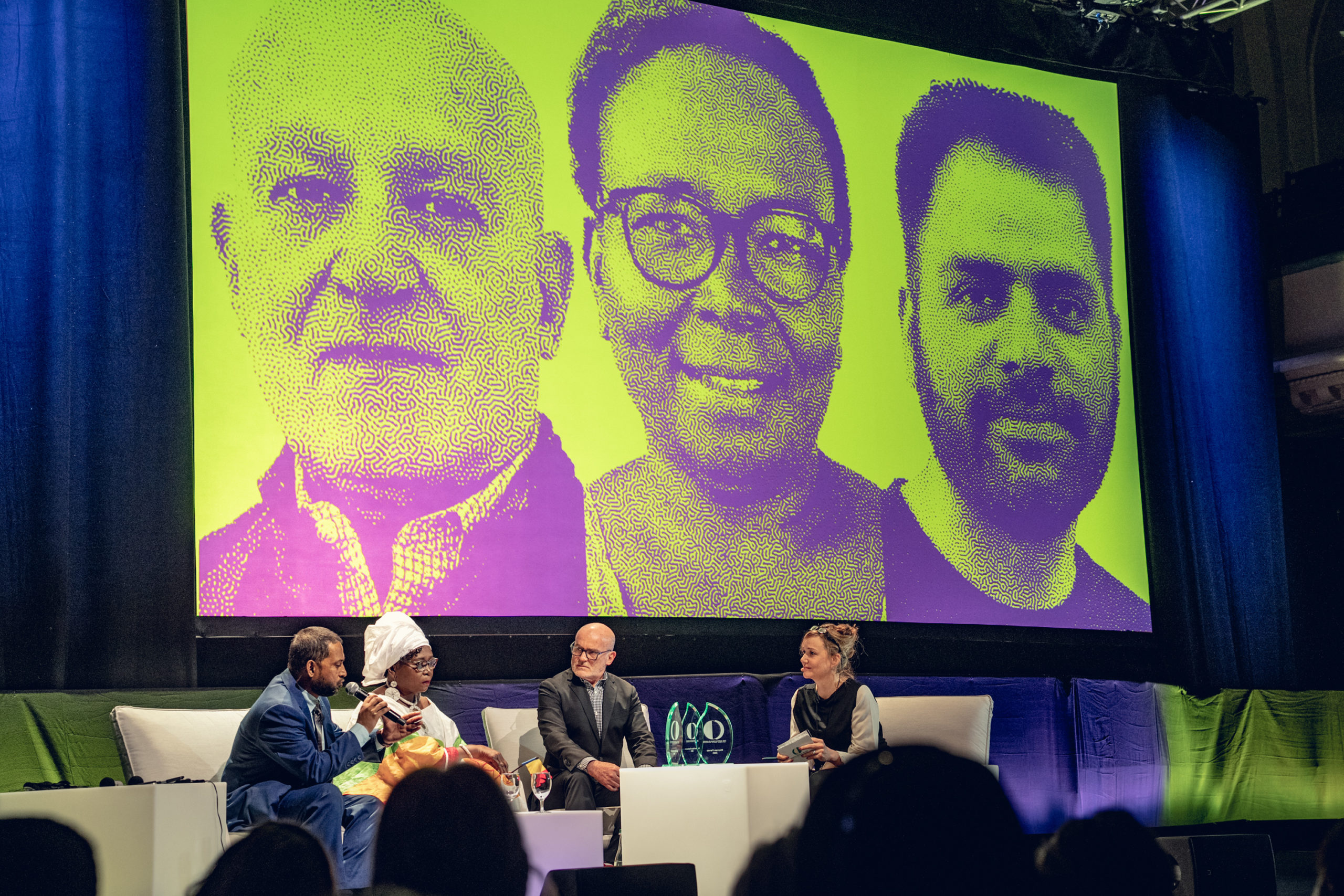
Cérémonie de remise du Prix Martin Ennals 2023, 16 février 2023, salle communale de Plainpalais. Photo David Wagnières
I was really struck by how naturally the High Commissioner delivered his remarks and felt he was speaking to me and not at me. What was he doing to captivate the audience?
• Firstly, he had a conversational tone as if he was speaking to someone he knew.
• Secondly, he built a connection with his words to the people in the room, praising their tireless efforts to give a voice to the voiceless.
• Thirdly, he matched his tone and words with his body language, making eye contact with the audience.
How often do you see this? I observe a lot of speakers, and believe me, it is very rare. Most of them fail to align their voice, body language and words – and many of them rarely look up when speaking.
If you watch the whole speech of the High Commissioner
you will see that he is looking at the audience as he makes and expands on the same point. He looks down only to remind himself of the next point and then looks up again to deliver it.
It is a technique known as SEE-STOP-SAY and was used by Ronald Reagan, an actor who became a US President. I go into more detail in this blog.
It takes some practice, and the High Commissioner doesn’t always do it. However, he is so much better than the speakers who look up at the audience mid-sentence or at a random moment which has no connection with the thought they want to convey.
I have trained diplomats making speeches in very formal settings, such as the UN Human Rights Council, in this technique, and it really makes the audience sit up and listen. And as for the speaker, it helps them come across as approachable, accessible and authentic – qualities that are key if you want to be a great public speaker.
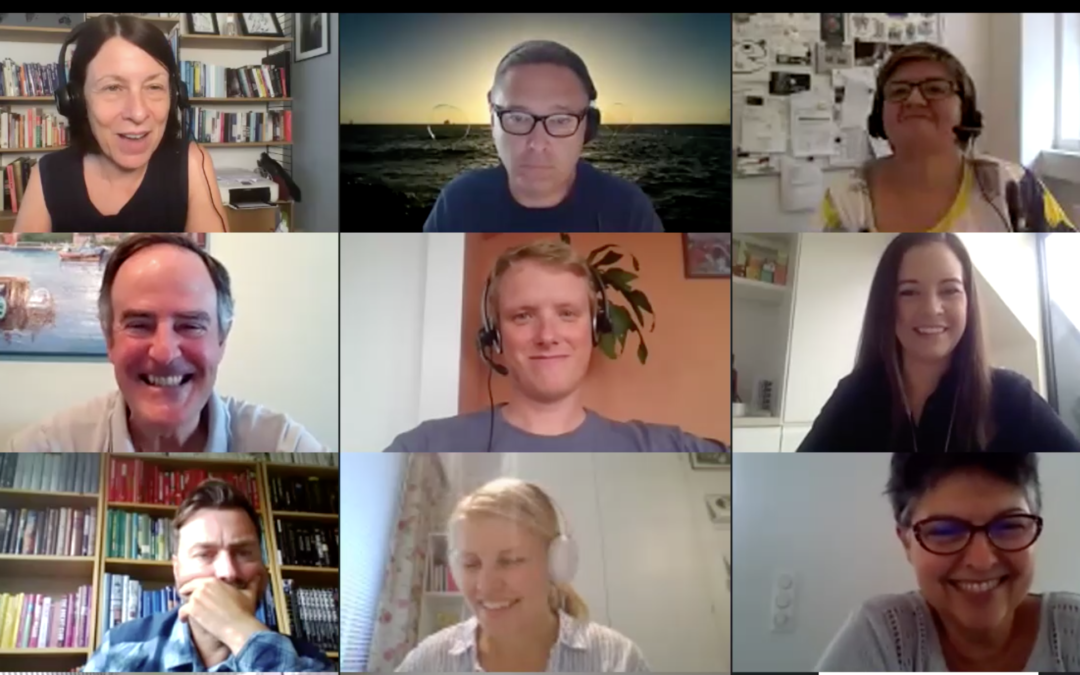
by Claire Doole | Oct 19, 2020 | Blog, Presenting
“It ain’t so much the things that people don’t know that makes trouble in this world, as it is the things that people know that ain’t so.”
This is one of the many quotes attributed to 19th Century American writer Mark Twain and it definitely applies to presenting.
Many people think they are good presenters – mostly because people are too polite to tell them they are not, or in the case of senior people because no one dares tell them!
Presenters themselves also have a blind spot. This month I was asked to train a number of speakers taking part in virtual conferences. I blocked time in my diary and waited for the Doodle calendar to fill up. Two things happened – some people were too busy, others left it to the last moment.
This only confirmed to me another great quote about public speaking. This time by the American comedian, Jerry Seinfeld, who said:
“According to most studies, people’s number one fear is public speaking. Number two is death. Death is number two. Does that sound right? This means to the average person, if you go to a funeral, you’re better off in the casket than doing the eulogy.”
People who don’t like public speaking tend to put off preparing their presentation until the last minute.
The reason though I believe people did finally sign up was because it was pitched as engaging presenting in the virtual world. The world of Zoom is unforgiving. If people are bad at presenting in the real world, their mistakes are amplified virtually. You simply have to be better – powering up your visual, vocal and verbal channels of communication – in order to break through the digital screen and hold attention.
5 quick tips on engaging virtual presenting
• Establish onscreen presence – You are now a television presenter, so you need to make sure you are looking directly in the camera and having a conversation with it as if you were talking to someone in person.
• Think about your audience – If you want to break through the digital screen and get their attention, you have to meet their expectations. What do they need to know? How does your presentation help them?
• Keep it simple and straightforward – What is your big idea and what are the three key messages you would like your audience to take away? You need to peel away the layers of complexity so people understand immediately what you are saying.
• Make it memorable – Use the SUCCESS model to create messages that stick. They must be simple, unexpected, concrete, credible, emotional and don’t forget to illustrate a key message with a story to build connection.
• Rehearse, rehearse, rehearse – Professional television presenters do, so like them you must know what you are going to say and never go over time!
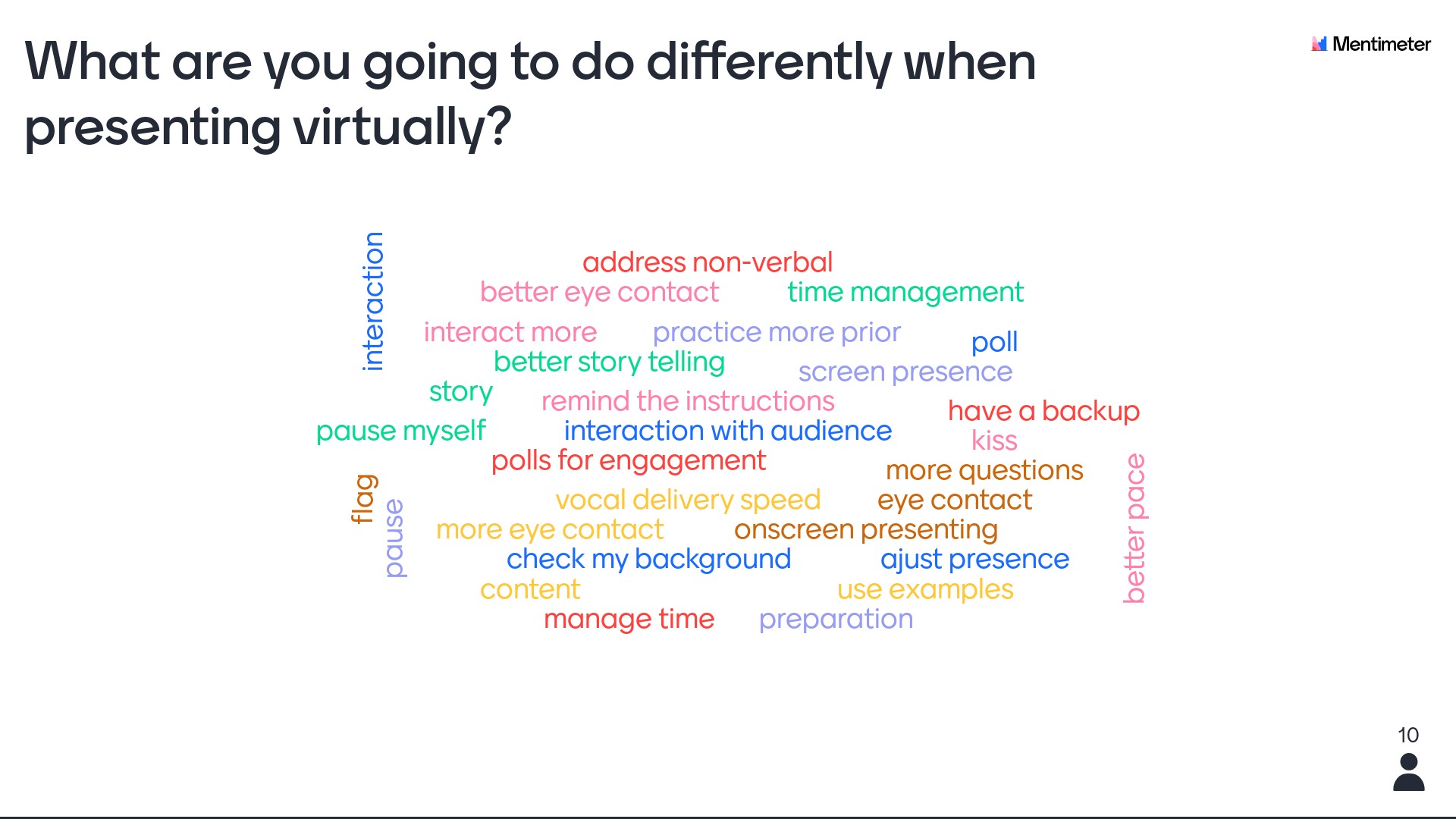
If you would like to learn more about engaging virtual presenting attend one of my group workshops or if you would like to get feedback on your virtual presenting skills attend a smaller group workshop or get in touch for some individual coaching.

by Claire Doole | Jun 25, 2019 | Blog, Presenting
As the adage goes, you don’t get a second chance to make a first impression. But never has it been so true in these days of highly competitive job interviews where employers’ pre-screen candidates with a video interview.
According to the Institute of Student Employers, some 49% of interviewees are asked to do either a live face-to-face interview via video or one that is pre-recorded. In the latter, each candidate is given the same set of questions and timeframe to respond.
All video interviews whether for a job, a corporate video or for the TV can be nerve-wracking but the one-way video interview is particularly challenging, as you don’t get any verbal or visual feedback.
Recently, a young woman came to me asking for advice on how to make a good first impression in a one-way video interview for a job she was applying for at an international organisation here in Geneva.
Here are some of the tips I gave her:
1. Dress the set – Remove all those weird art works, embarrassing photos and scruffy books. Make sure there is nothing in vision that can distract from the important points you are making.
2. Dress to impress – The visual channel always takes priority over the verbal and vocal channels so counter this by being sober with your dress. Dress smart as if for a face-to-face interview, but remember the camera doesn’t react well to contrasting colours like black and white or to busy patterns such as swirls and checks. Avoid these in favour of block colours. Navy is a safe bet.
3. Apply make-up – This evens out skin blemishes and even men should wear some powder so they don’t look shiny or, heaven forbid, sweaty.
4. Eyes are the windows to the soul – Set up the camera so that you are looking straight into the lens. If you look downwards, you will look patronising, whereas if you look up, you will look submissive. Lock in your eye line so it doesn’t shift. If you keep glancing away you will appear evasive and untrustworthy. If you need to reflect on an answer quickly look down before looking up again directly at the camera.
5. Think about your posture – Perch slightly forward with your behind well back in the chair (think BBC!) .You want to look interested and alert. Place your feet firmly on the ground, as this will anchor you. It is also a better posture for diaphragmatic breathing than if you cross your legs.
6. The power of your gestures – Use your hands and arms to reinforce the points you want to make. This will also energise your vocal delivery.
7. Get a head start – Make sure your head is balanced evenly on your shoulders – and not tilted to the side as this will make you appear quizzical and uncertain. Don’t jut out your jaw, as this will affect the quality of your vocal delivery.
8. Modulate your voice – Speak with impact by adjusting your tone to the message, pausing before and after a key message and keep a smile in your voice to add warmth.
9. Smile and the world smiles with you – You want to show that you are happy to be interviewed so embrace the opportunity to answer the questions with a smile.
10. Amplify your enthusiasm – Video tends to suck the life out of people so you need to compensate by giving more energy than you would to your answers.
If you follow these tips you will be “ready for your close-up” whether you are doing a job interview via video link or giving an interview for your organisation’s YouTube channel or to the media.
And one final thought – don’t make the mistake of the expert who was giving a serious interview on the BBC about the tensions on the Korean peninsula but was interrupted by his children.
He forgot to put a do not disturb sign on his living room door, and went viral for all the wrong reasons!


